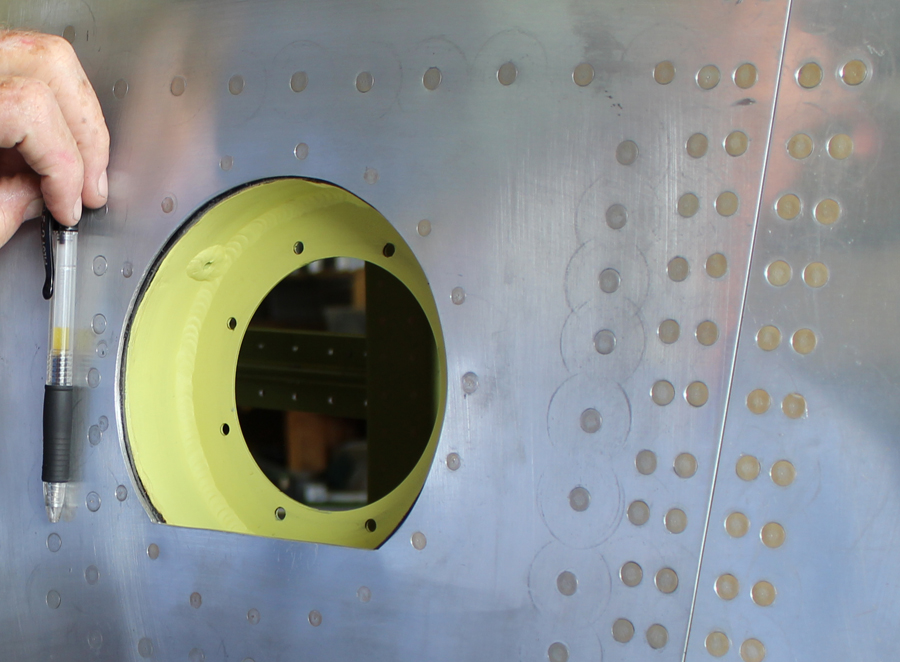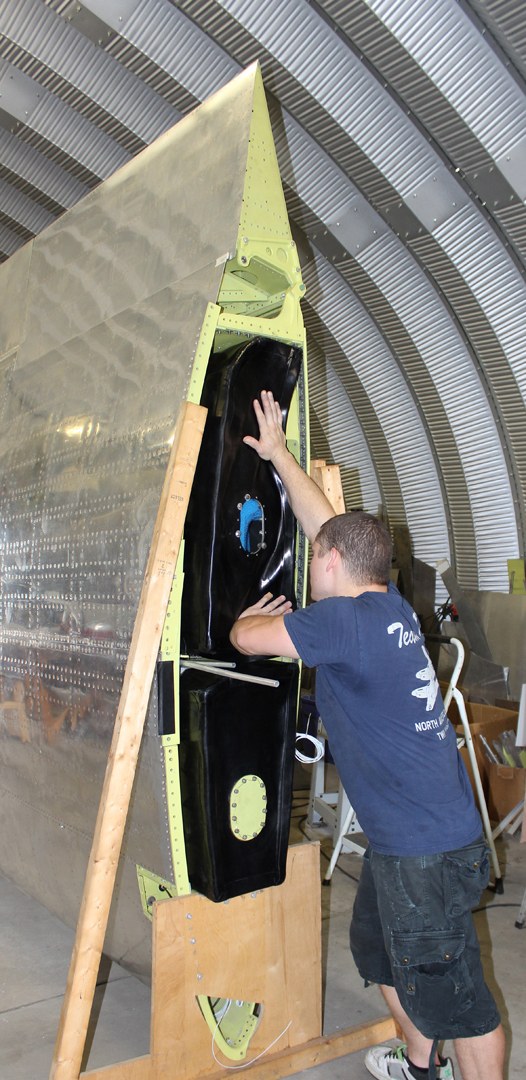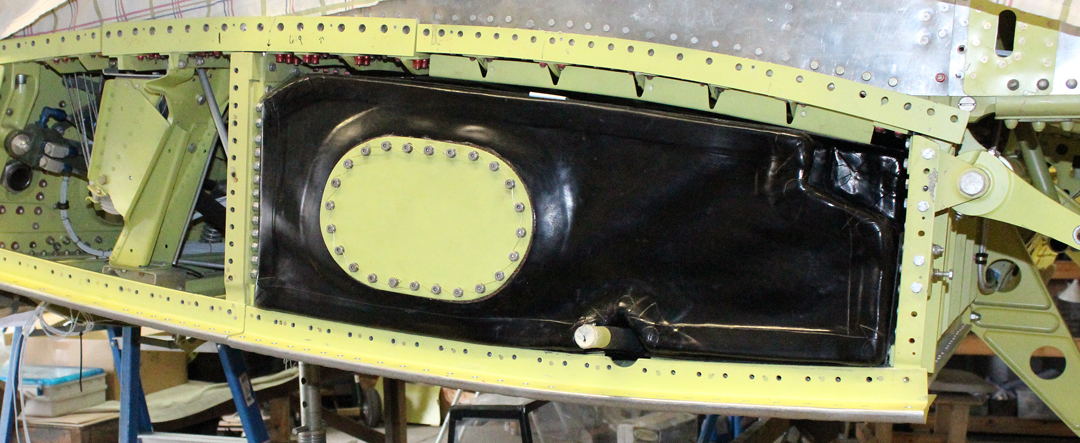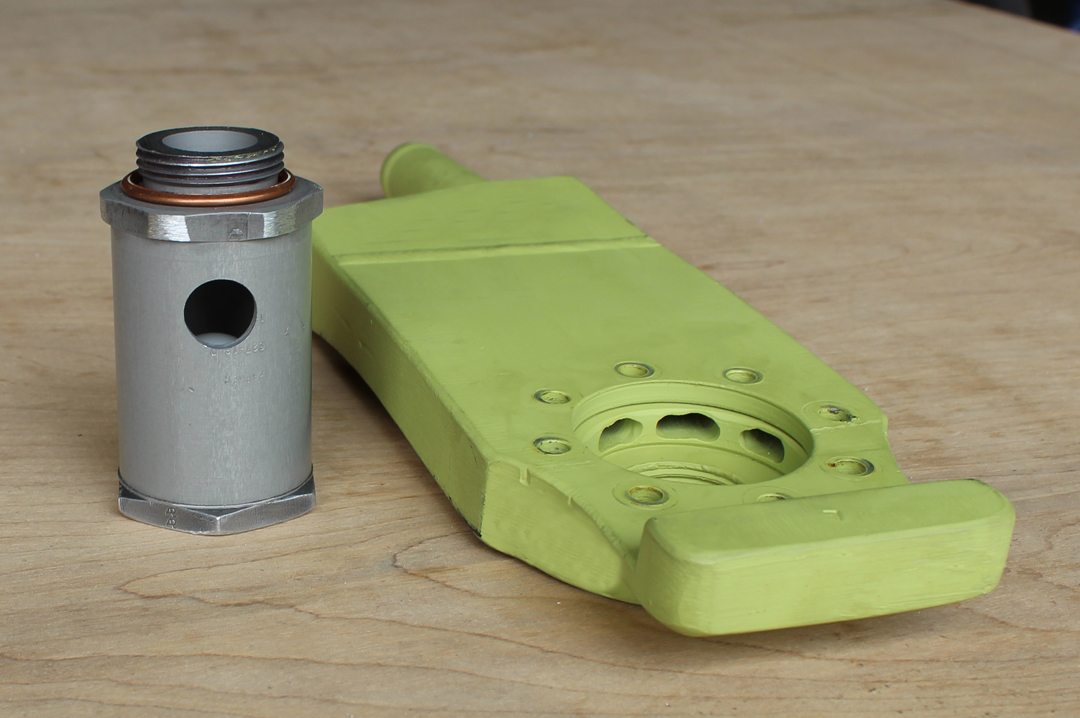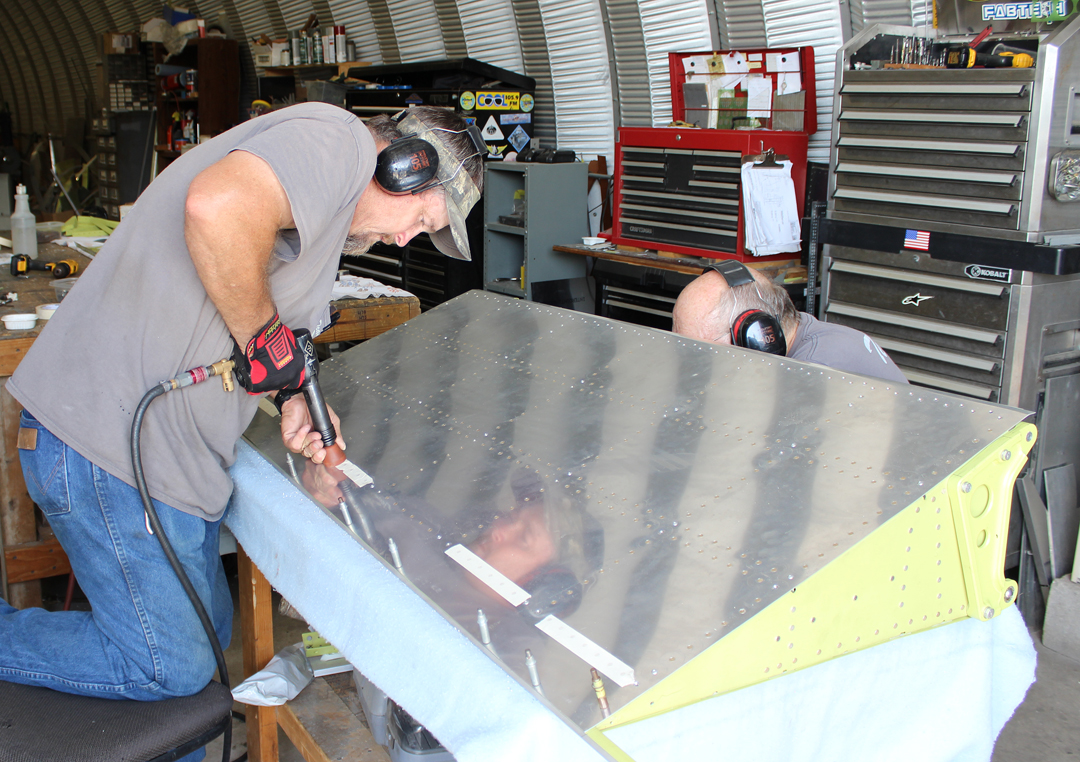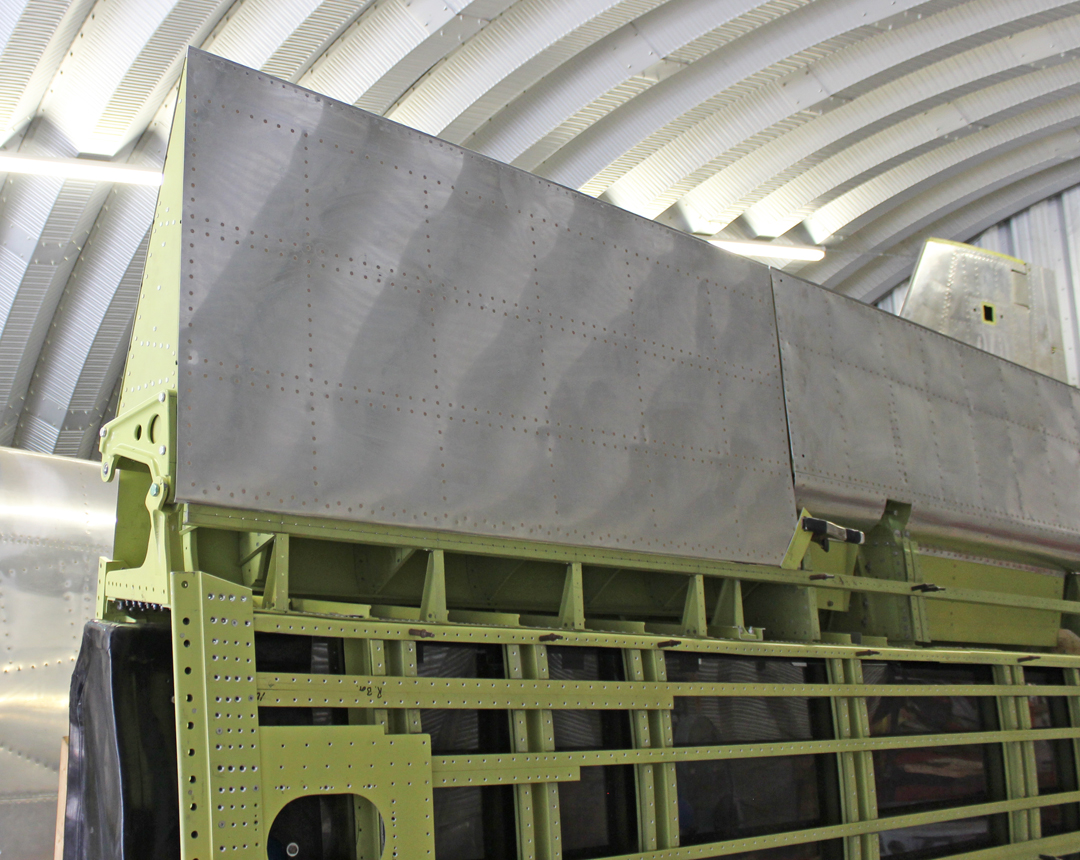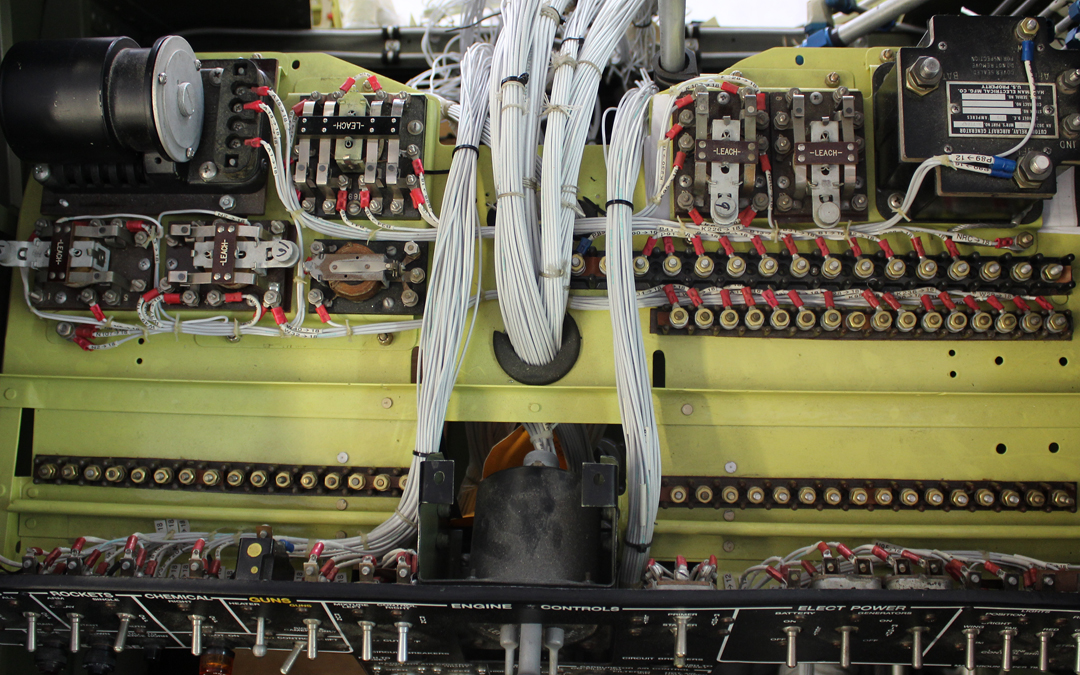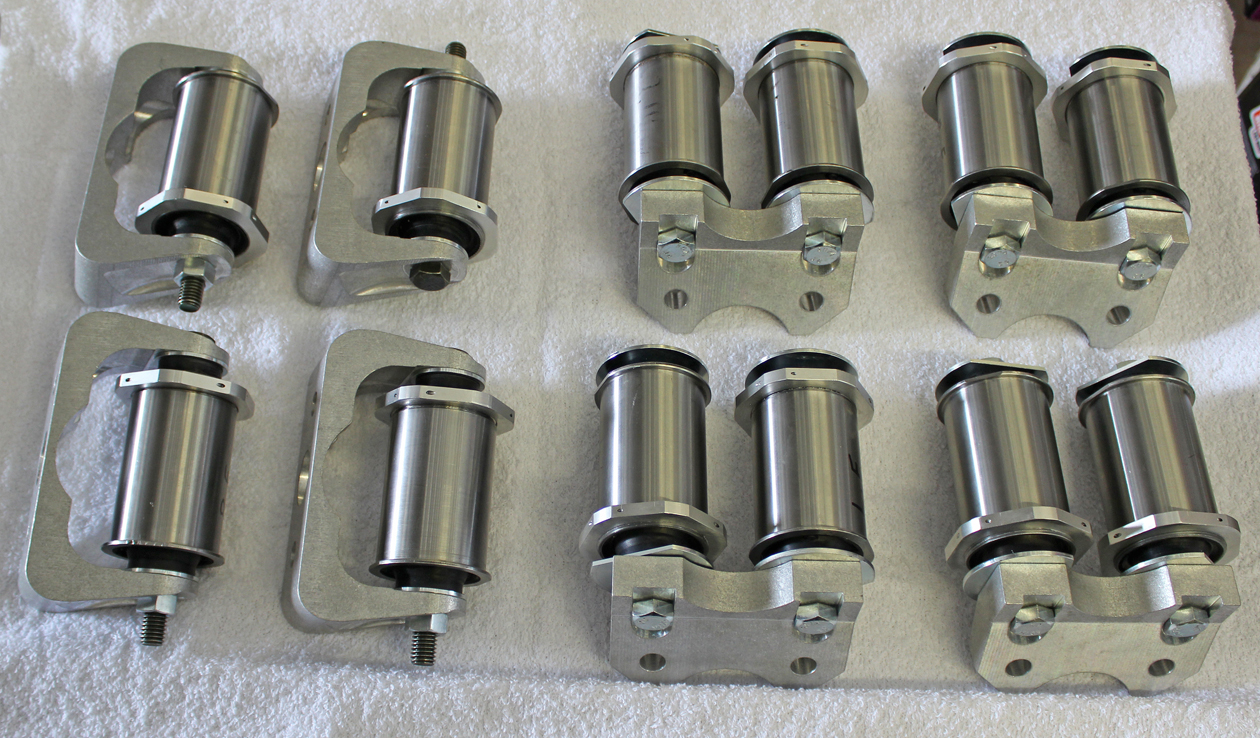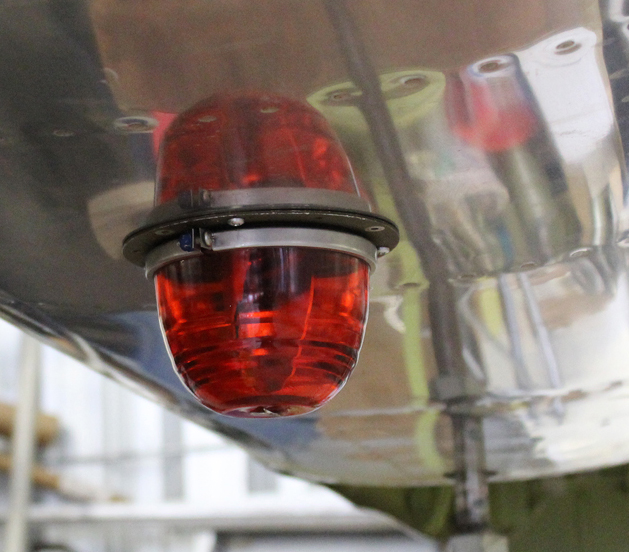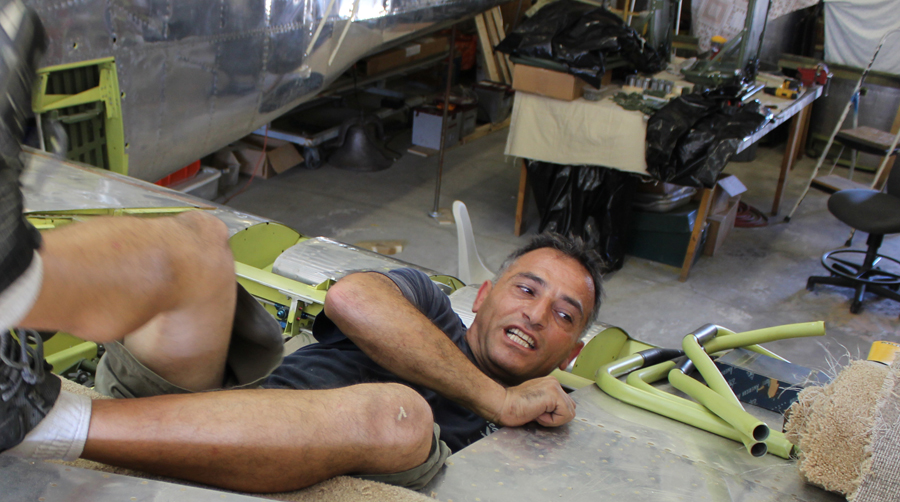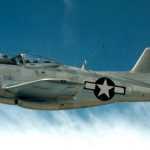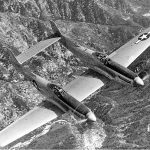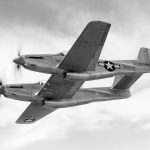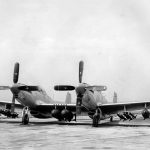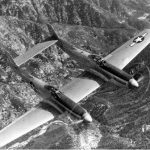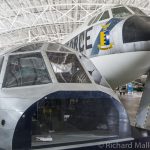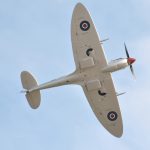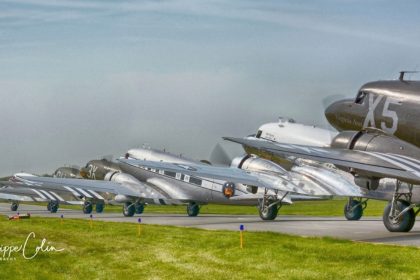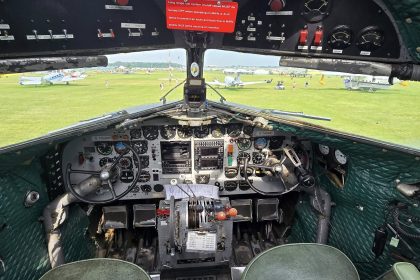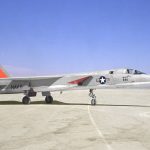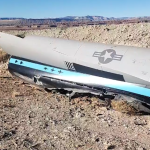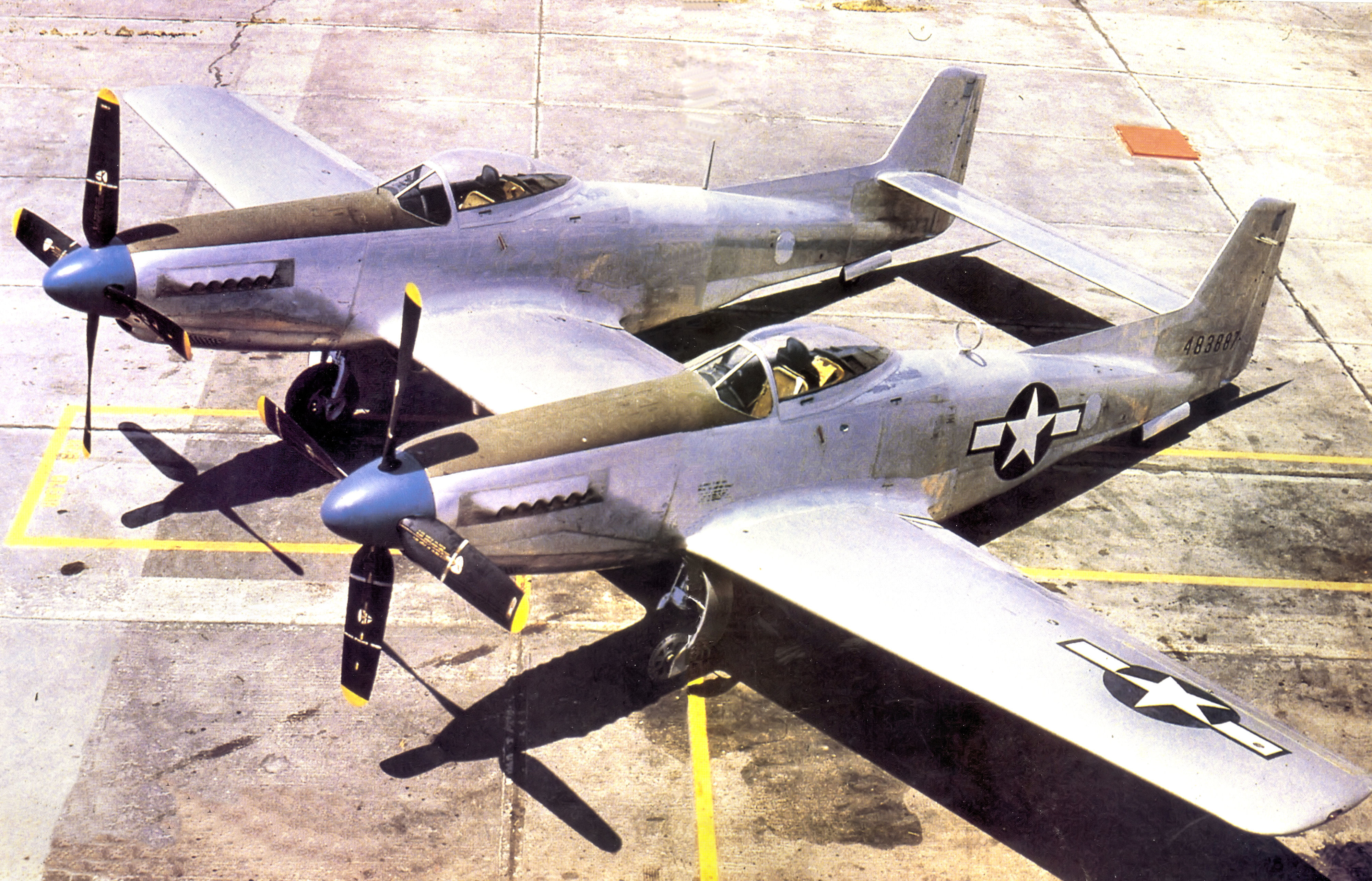
WarbirdsNews has received the latest XP-82 Twin Mustang restoration update from Tom Reilly at his workshop in Douglas, Georgia. Here’s what they’ve been up to this month!
Fuel Cells and Liners
The restoration team has finally completed the fuel cell test-fittings. They spent quite a bit of time positioning all of the fuel scuppers (overboard fuel drains), fuel necks, fuel caps, and liquidometers in the openings on the outboard wings and center section. All of the fuel vent lines were completed by the end of July and they had to temporarily install the fuel tanks and liners in each of the six positions to confirm that the tanks lined up properly with each fuel filler, feed and vent line.
One of the more complicated fuel vent jobs involved manufacturing the inverted fuel vent plenum with the back-flow check ball assembly. The team copied the original, corroded one as exactly as possible. All the final fuel bladder installations should be completed by the end of October. Reilly reckons that they must have put in about three months of solid work to get all of the fuel system fitting perfectly!
Outboard Flaps
Both outboard flaps will be completed at the end of next week. They were a relatively simple build with no hidden ‘gotchas’. The original top skins for the outboard flaps were made from .025″ aluminum sheet. However, when the NACA test pilots walked off the trailing edge of the wing, their footprints dented the upper skins (even though it says “NO STEP”). Reilly chose to increase the thickness of the upper skin to .040′ to cure this footprint denting problem in case any future pilot exited the aircraft off the back of the outboard wing.
Outboard Wings
Now that the outboard flaps and fuel cells have been final-fitted, the completion of the lower wing skinning can commence. The lower skins on the wings were intentionally left off to allow access for the final fuel tank alignment and fitting. The lower skinning of both outboard wings should be completed by the end of September.
Electrical
The final hookups of all the primary and secondary electrical wiring will started on September 1st. Most of the fuselage wiring has been final-terminated to all of the terminal strips located on the shelves forward of the instrument panels. All of the numbered and labeled wiring harnesses from the center section, wheel wells and outboard wings have been pulled to the shelf locations and now await hooking up to the terminal strips. Reilly expects to have the majority of the electrical systems completed within a month.
Engines and Propellers
All twelve Merlin engine-mounting Dynafocals and attaching horseshoes and plates have been completed by the contractors and delivered to the project in Douglas, Georgia. These have been one of the more difficult machining tasks to complete. It would have been simple if the team could simply have bought twelve P-51 mounts, but the Twin Mustang units were slightly different in outside dimension and lengths. On October 1st, the two Merlins will come out of their nitrogen-filled cans and be permanently installed on each engine mount. Both disassembled propellers will be trailered to MT Propeller’s Stateside facility (it’s a German company) located in DeLand, Florida. They will assemble both props and call Tom Reilly upon their completion so he can arrange for their pickup.
Many thanks again to Tom Reilly for the update! You can learn more about the project on their blog HERE. Please be sure to check back with WarbirdsNews in October for the next installment in the story following the XP-82′s road to recovery!








